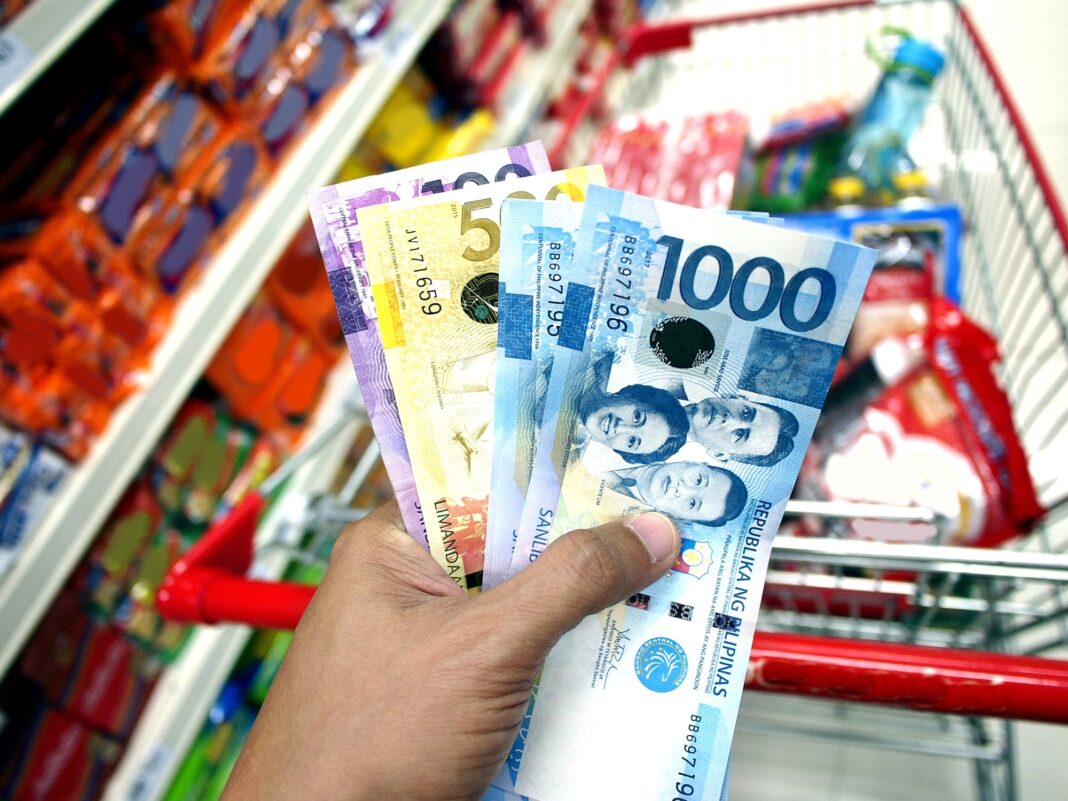
The increase in commodity prices slightly eased to 4.8 percent in September on the back of lower transportation and food costs, according to the Philippine Statistics Authority (PSA).
Data showed the inflation in September was lower than the 4.9 percent recorded in August but remained higher than the 2.3 percent recording in September last year.
Transportation, which had a Consumer Price Index (CPI) weight of 8.06 percent, posted an inflation rate of 5.2 percent in September, slower than the 7.2 percent posted in August. The slowdown in transportation inflation accounted for 55.8 percent of the deceleration in inflation for September.
Food and no-alcoholic beverages, which had a CPI weight of 38.34 percent, posted an inflation rate of 6.2 percent in September from 6.5 percent in August. This accounted for 39.9 percent of the slowdown in inflation for September.
“The proactive implementation of EOs (Executive Orders) 133 and 134 have helped stabilize pork prices. The government is continuously accelerating and calibrating its implementation so we can further lower pork prices towards their pre-African Swine Fever level,” Socioeconomic Planning Secretary Karl Kendrick T. Chua said in a statement.
The government adopted EOs 133 and 134 in May 2021 to help increase the supply of pork in the country amid its shortage due to the African Swine Fever.
These interventions increased the minimum access volume (MAV) for imported pork, and imposed a temporary reduction of pork tariffs, respectively.
To expedite the utilization of the additional MAV, NEDA recommends to reduce restrictions in the MAV plus so that imported pork can be sold in more areas and to unload more pork stocks in cold storages to the markets.
The average stocks of frozen pork in September (week 1 to week 3) increased to 79,042 metric tons (MT) from 73,159 MT in August 2021. The timely release of pork stocks will help address the supply gap and bring down pork prices.
On the other hand, to help augment the fish supply in the coming closed fishing season, the Department of Agriculture issued a Certificate of Necessity to Import (CNI) with a maximum importable volume of 60,000 metric tons of small pelagic fish such as galunggong, mackerel, and bonito for wet markets.
The government, Neda said, will proactively monitor the supply and demand of fish and immediately issue supplemental CNIs as necessary.
“To cover the expected supply gap during the upcoming closed fishing season, the government will temporarily allow more imports in the fourth quarter of 2021 and the first quarter of 2022. The government will continue to proactively monitor the supply and demand of these commodities to ensure access to affordable food amid the pandemic,” Chua said.
Inflation in the National Capital Region (NCR) rose to 3.7 percent in August 2021, from 3.2 percent in July 2021. In August 2020, inflation in the region was observed at 2.2 percent.
Inflation in Areas Outside NCR accelerated to 5.2 percent in August 2021, from 4.3 percent in the previous month. In August 2020, inflation in AONCR stood at 2.5 percent.

